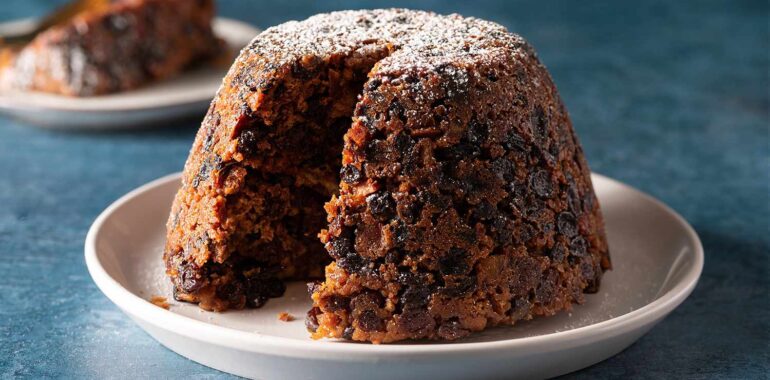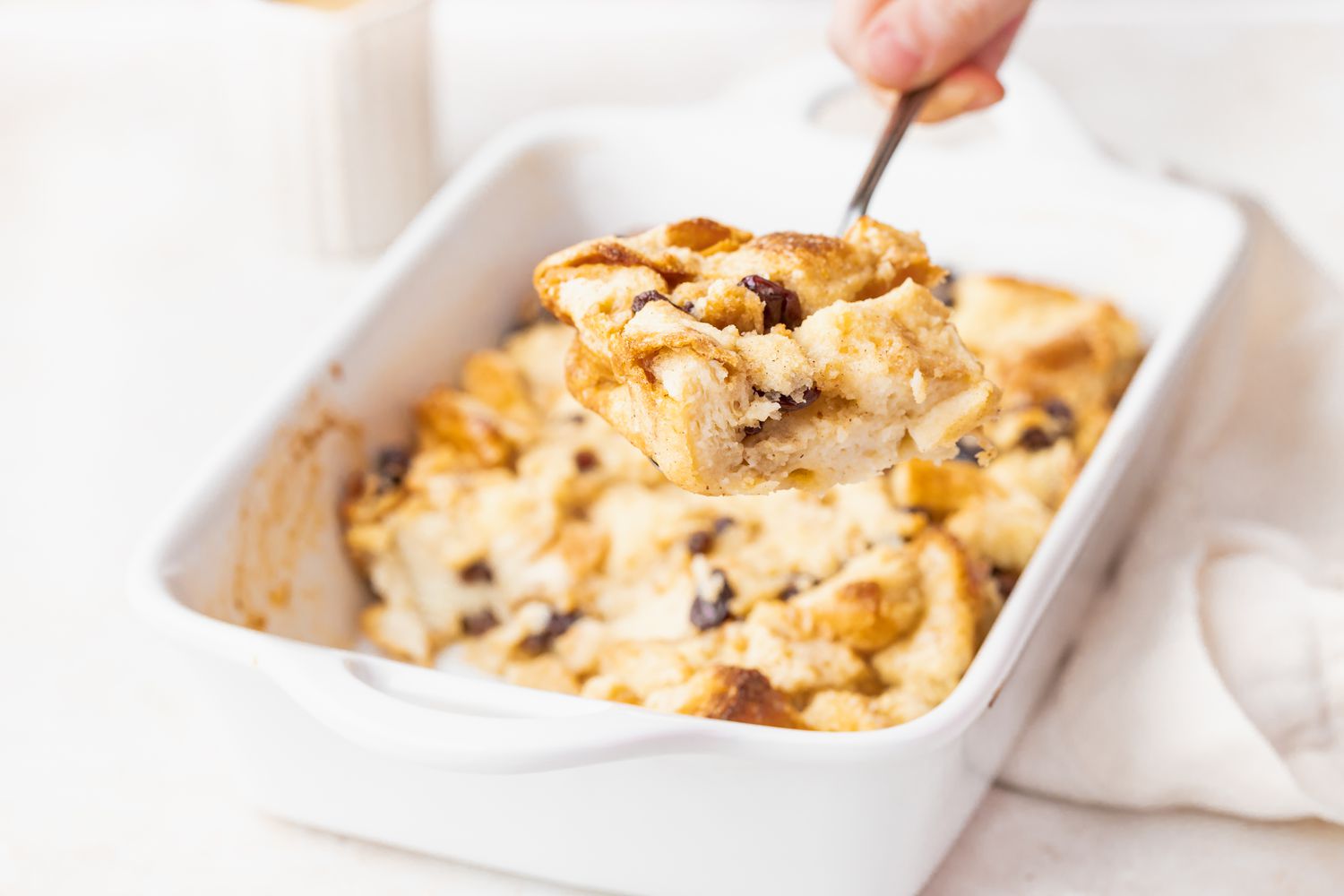Long History of Pudding until What You Can See Now

Long History of Pudding until What You Can See Now
Long History of Pudding until What You Can See Now – Among many desserts, pudding is one of the desserts that people love. It has many variations. Even, pudding has a rich and long history that dates back centuries ago. From its humble beginnings as a simple mixture of ingredients to the vast variations of flavors and other options that can be found today, pudding has evolved into versatile desserts cherished by many people. Of course, it is surely interesting to know the history and even developments of puddings. You may be one of those people who love the dessert and now you can also know the long history about it.
The roots of pudding can be traced back to ancient civilizations. Early versions of pudding were made by combining various ingredients such as grains, fruits, and sweeteners. In ancient Rome, for example, a dish called “pultes” was prepared by boiling grains like barley or rice with milk, honey, and sometimes spices. This mixture was similar to what we now know as rice pudding.
Then, during the era of Middle Ages, pudding underwent significant transformations. As culinary practices evolved among people combined with better knowledge about cooking processes and ingredients, different techniques and ingredients were introduced to make the puddings. One prominent example is the use of animal intestines as a casing for boiling puddings. Using the ingredients made the process is like creating a pudding with sausage-like appearance. Even, these early puddings were often filled with meat, suet, or other savory ingredients. This showed transformation or change from the sweet varieties of puddings as what you can find today.
Changes and developments that occurred in the Middle Age era is not the end. The Renaissance period brought further advancements in the world of pudding. This era witnessed a shift toward sweeter flavors. Moreover, there were more elaborate recipes. Ingredients such as sugar, spices, dried fruits, and eggs became increasingly popular, lending a richer taste and texture to puddings. Some of these changes could be found among the royal families. Royal courts across Europe embraced the indulgent nature of these desserts, and pudding recipes began appearing in cookbooks.
More variations were found over the ages. One of the most iconic and notable variations that could be found in puddings occurred during the 17th century in England. It was called as the Christmas pudding. Some people also called it as as plum pudding. This delectable dessert traditionally includes suet, breadcrumbs, sugar, spices, and a blend of dried fruits soaked in alcohol. Christmas pudding was not just special desserts in special occasion of Christmas, but it became a symbol of wealth and abundance. Even, the Christmas puddings were often prepared months in advance and enjoyed on Christmas Day. It became an integral part of holiday celebrations and remains a cherished tradition in many households to this day.
Pudding were not only famous in European or American country. Its popularity spread broadly and there was no border. Thus, the puddings had taken unique forms in various cultures. In America, the creamy and smooth texture of custard-based puddings gained immense popularity. Favorites like vanilla pudding and chocolate pudding became staples in American kitchens. In Asia, countries like China and Japan developed their own versions of pudding, such as mango pudding and matcha puddings, which show the different and various ranges of flavors and techniques used in the making of puddings depending on characteristics of the places. The Evolution of Pudding in Modern Times:
With the advent of industrialization and technological advancements, pudding production underwent significant changes. Pre-packaged pudding mixes and ready-to-eat puddings became more accessible, allowing for convenient and quick preparation. However, this shift also led to a resurgence of interest in homemade puddings, with many individuals embracing the art of creating these desserts from scratch.

Throughout history, pudding has consistently provided comfort and solace during challenging times. Its warm and comforting nature, coupled with nostalgic flavors, gives a sense of familiarity and joy. Whether it is a classic bread pudding, a silky caramel pudding, or a steaming bowl of rice pudding, these desserts have a remarkable ability to bring people together and create lasting memories. In addition, pudding has often served as a symbol of celebration, abundance, and prosperity. In addition to its association with Christmas, pudding has played a role in other festivities and cultural events. In Scotland, for instance, haggis, a savory pudding made with sheep’s offal, is the star of Burns Night celebrations. Puddings, in their various forms, have become an integral part of culinary heritage worldwide.
While pudding is predominantly associated with sweet flavors, savory variations have also found their place on the culinary stage. Savory puddings often include ingredients like vegetables, meats, and herbs. These give hearty and satisfying dishes. Yorkshire pudding, a traditional British accompaniment to roast beef, exemplifies this savory twist on the classic dessert. There are still more variations of puddings. However, people mostly can recognize puddings from texture and even flavors that can be found although there are many variations about it.